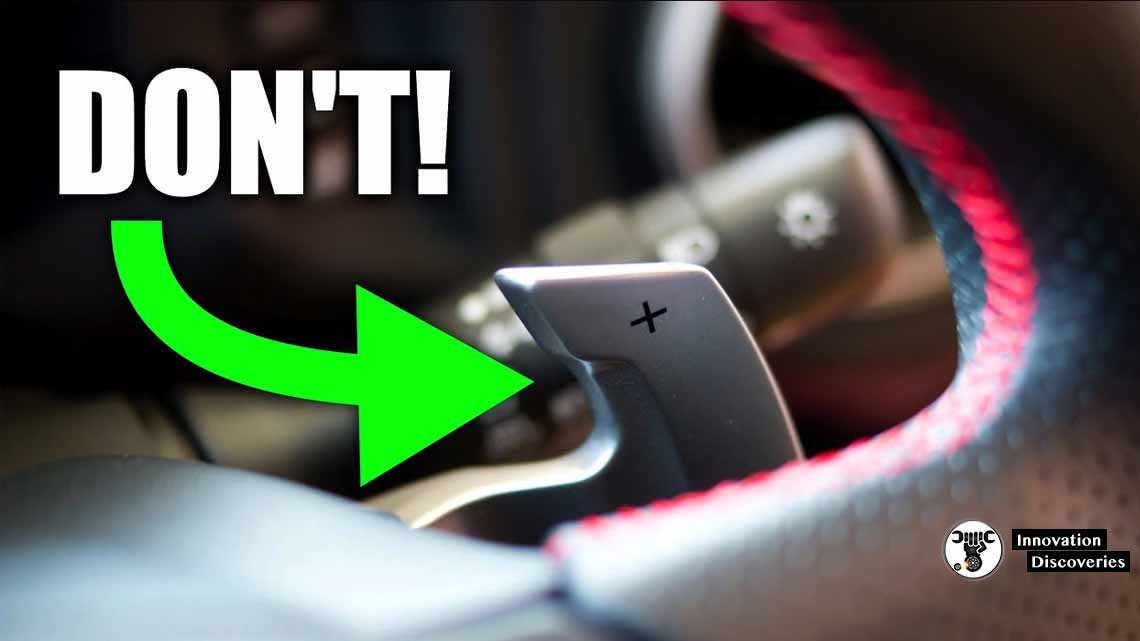
Dual-clutch transmissions (DCT) represent a technological marvel in the automotive industry, offering a perfect blend of efficiency, rapid gear changes, and driving dynamics.
These transmissions use two separate clutches to pre-select and engage gears, providing seamless shifts without interrupting power delivery. While DCTs enhance overall driving performance, it’s crucial to adopt specific driving habits to preserve their functionality and extend their lifespan.
Here are five key practices to avoid when operating a dual-clutch transmission vehicle:
1. Putting the car in neutral
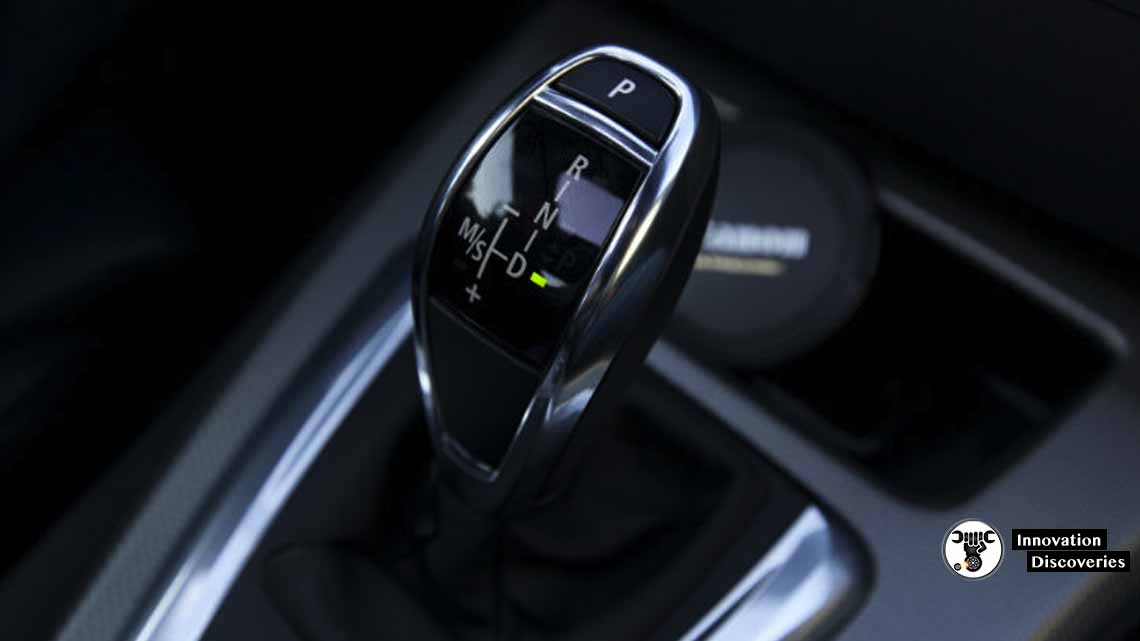
The common habit of shifting to neutral at traffic signals may seem harmless, but modern cars equipped with dual-clutch transmissions are designed to optimize fuel efficiency and reduce wear.
When the vehicle is in “D” mode, the start/stop function intelligently shuts down the engine at a standstill, conserving fuel.
Additionally, keeping the car in “D” mode minimizes unnecessary wear on the transmission and enhances fuel efficiency.
Also, read:
- Engine Braking With A Manual Transmission – Is It Bad?
- Continuously Variable Transmission: Mechanism And Advantages
2. Always use the brake on an incline
Understanding the inner workings of dual-clutch transmissions is crucial, especially when faced with inclines.
Unlike torque converter automatic transmissions, dual-clutch transmissions have two clutches. Engaging the brake on an incline disengages both clutches, preventing unnecessary stress on the transmission components.
This simple practice not only avoids overheating but also contributes to the overall health and longevity of the transmission..
3. Avoid inching forward during heavy traffic

In heavy traffic conditions, inching forward by releasing the brake can lead to increased wear on the 1st gear clutch. To mitigate this, it is advisable to maintain a safe distance from the vehicle in front.
This allows for complete disengagement of the foot from the brake pedal, reducing stress on the gearbox and preserving the clutch’s lifespan.
Read More:
- Automatic Transmission Valve Body Functions And Failure Symptoms
- What Happens When You Skip Gear In A Manual Transmission?
4. Manual upshifts while braking or vice-versa
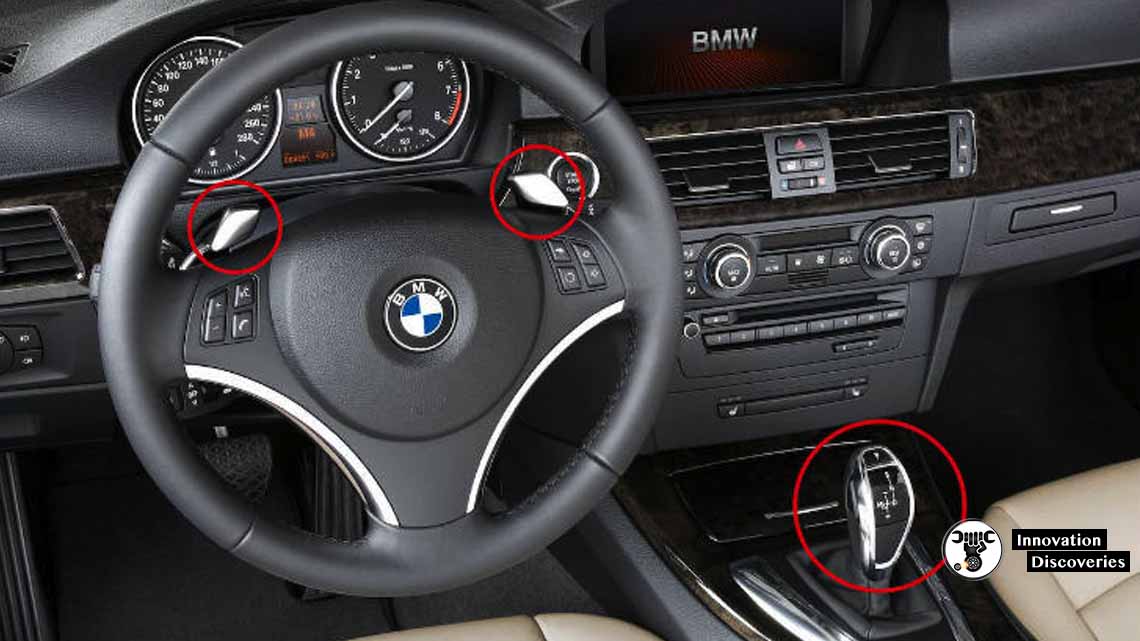
While dual-clutch transmissions offer a manual mode for enhanced control, it is essential to be mindful of the transmission’s predictive behavior.
When manually upshifting while braking, or vice versa, the transmission may experience delays and, at times, produce jerky movements.
To prevent potential harm to the dual-clutch setup, it is recommended to follow the transmission’s anticipated shifts and avoid abrupt changes that could compromise its integrity.
5. Launching the car
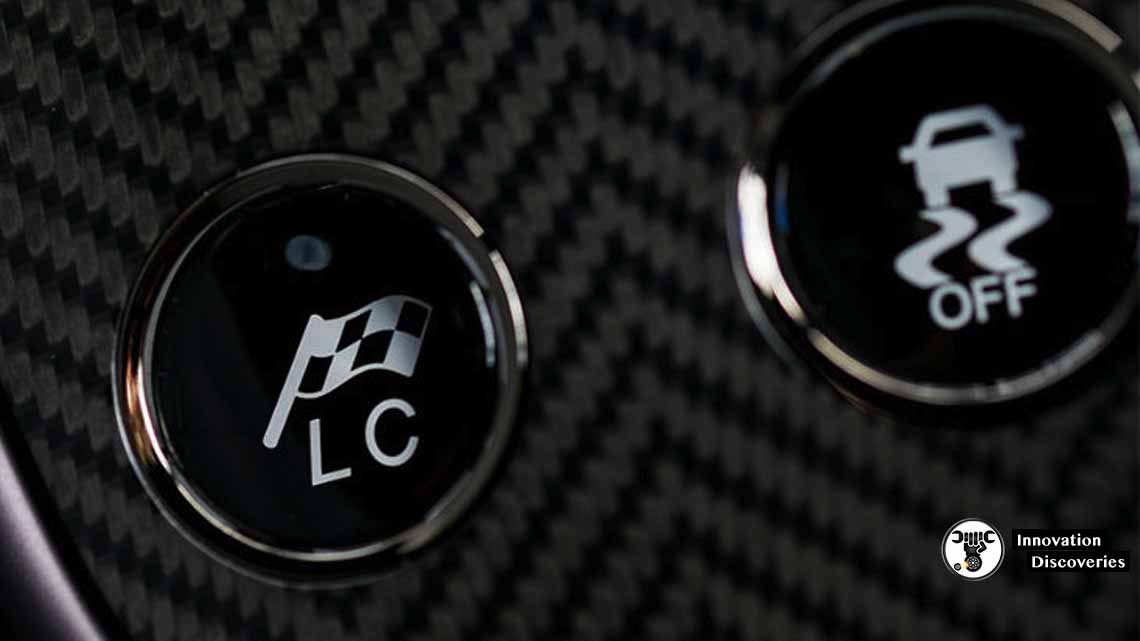
For performance cars equipped with dual-clutch transmissions, launching control is a feature designed for quick acceleration.
However, in the absence of launch control in budget-friendly dual-clutch vehicles, caution is advised.
To launch a car with a dual-clutch transmission, a balanced approach involves pressing the brake with the left foot, accelerating with the right foot, and releasing the brake promptly.
Prolonged brake engagement during launch can result in significant damage to the clutch and transmission, emphasizing the need for a controlled and timely release.
Final Thoughts
In conclusion, adopting these do’s and don’ts for dual-clutch transmissions goes beyond avoiding pitfalls – it’s about optimizing the vehicle’s performance and ensuring its longevity.
By understanding the intricacies of dual-clutch transmissions and implementing mindful driving practices, drivers can enjoy a smoother ride while preserving the health of their vehicles.
Don’t miss the Engineering Explained video below explaining all the points.
RELATED CONTENT:
ALSO, READ: HOW A CAR CLUTCH WORKS
Visit Forum
Visit Our Friendly Website


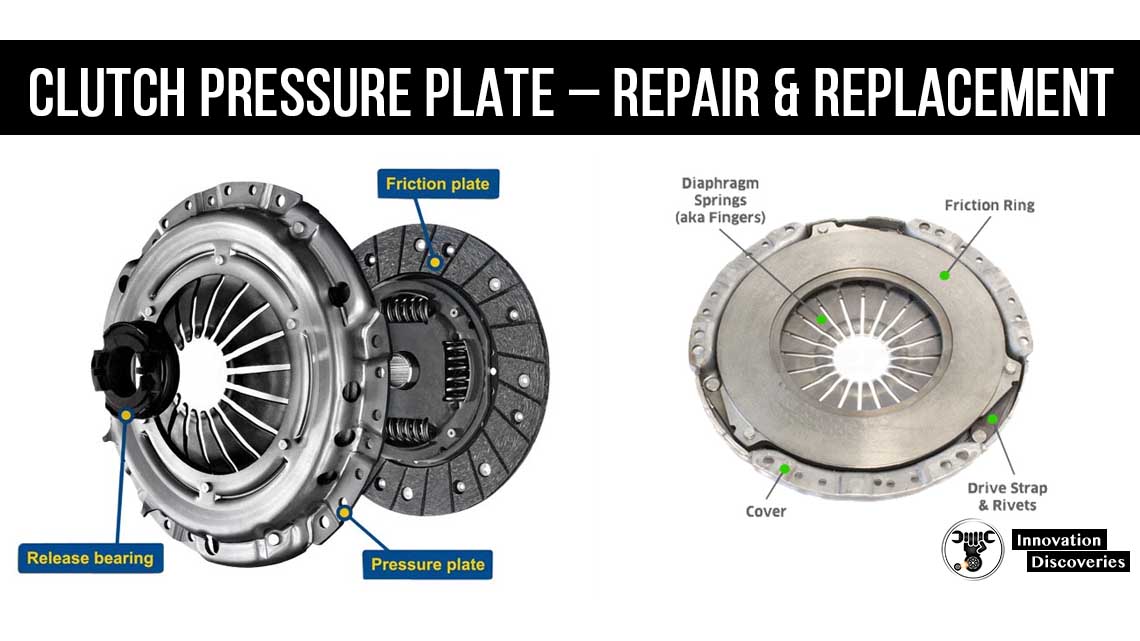
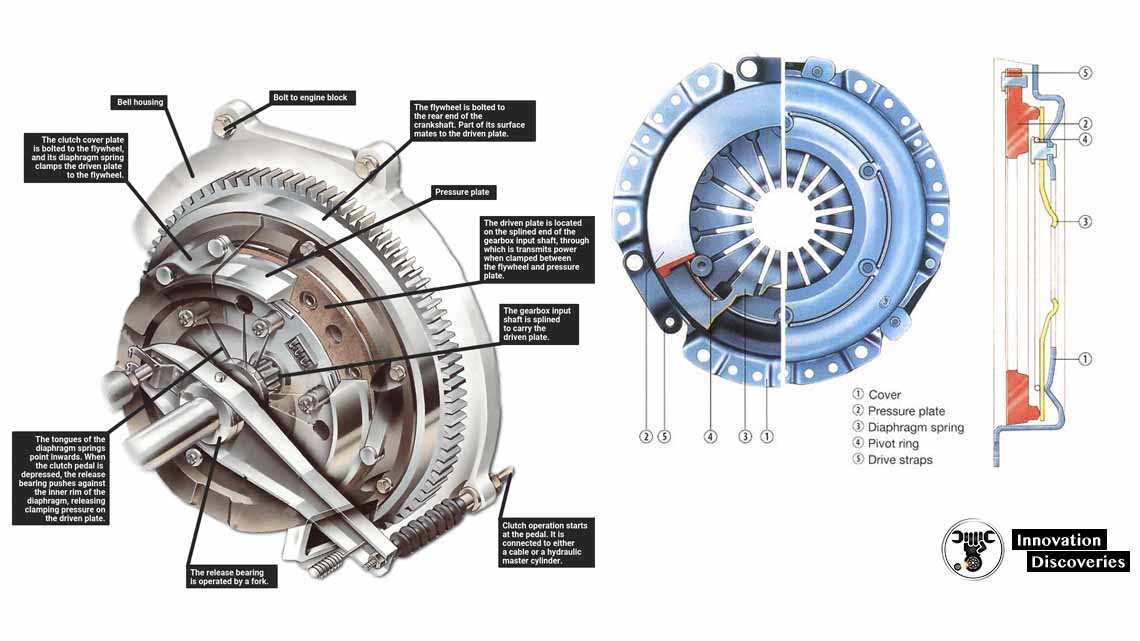




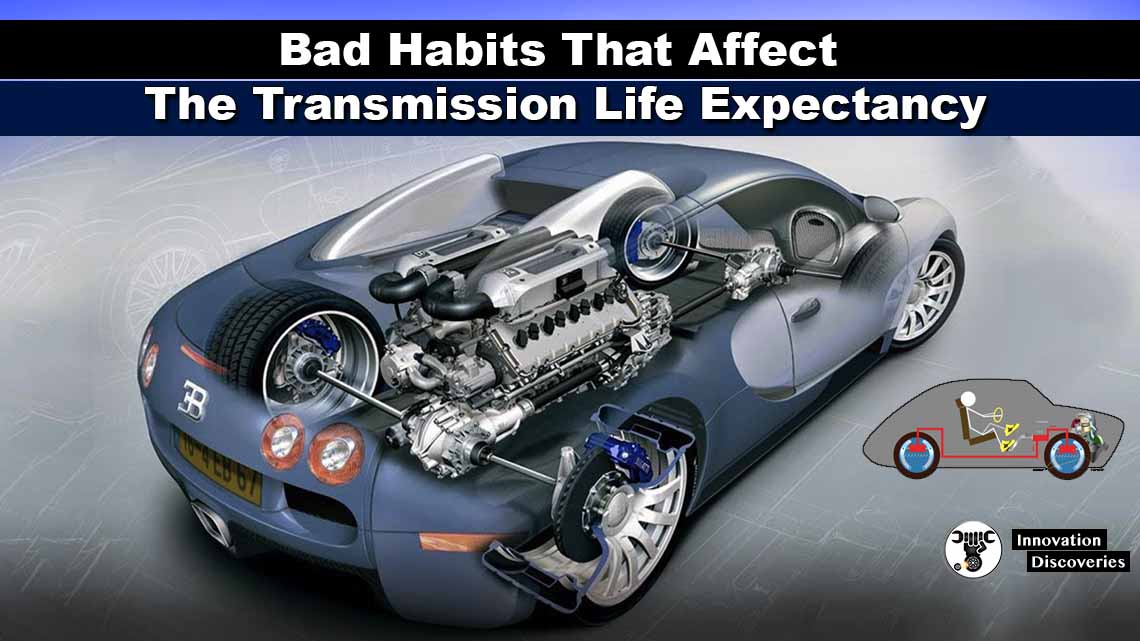

5 Comments